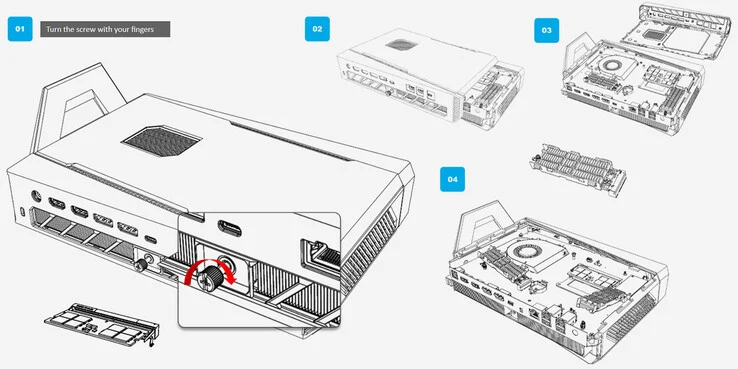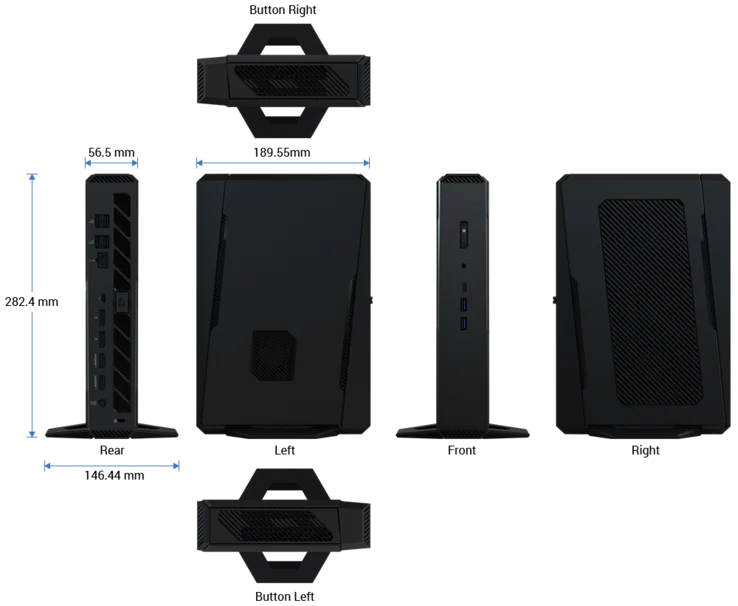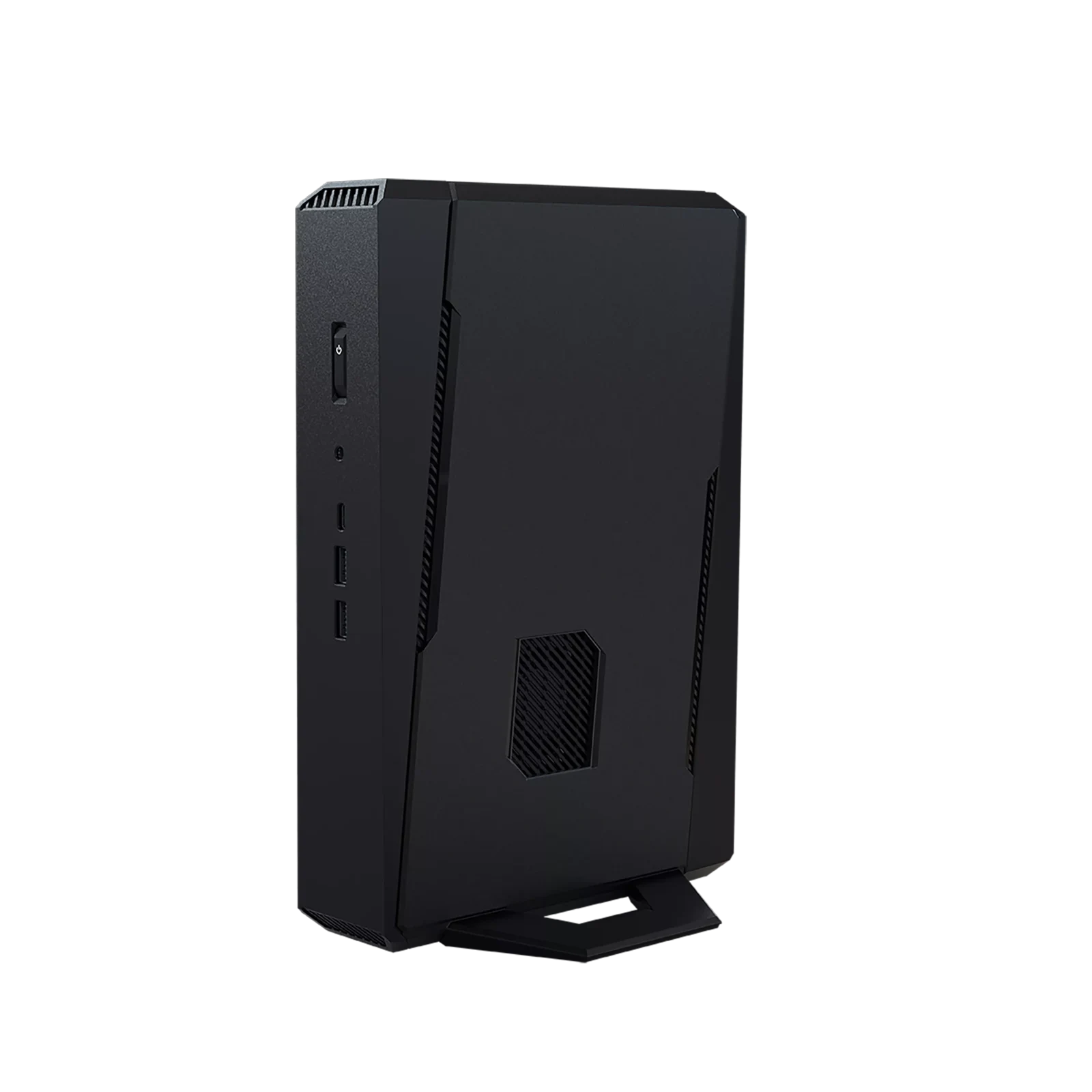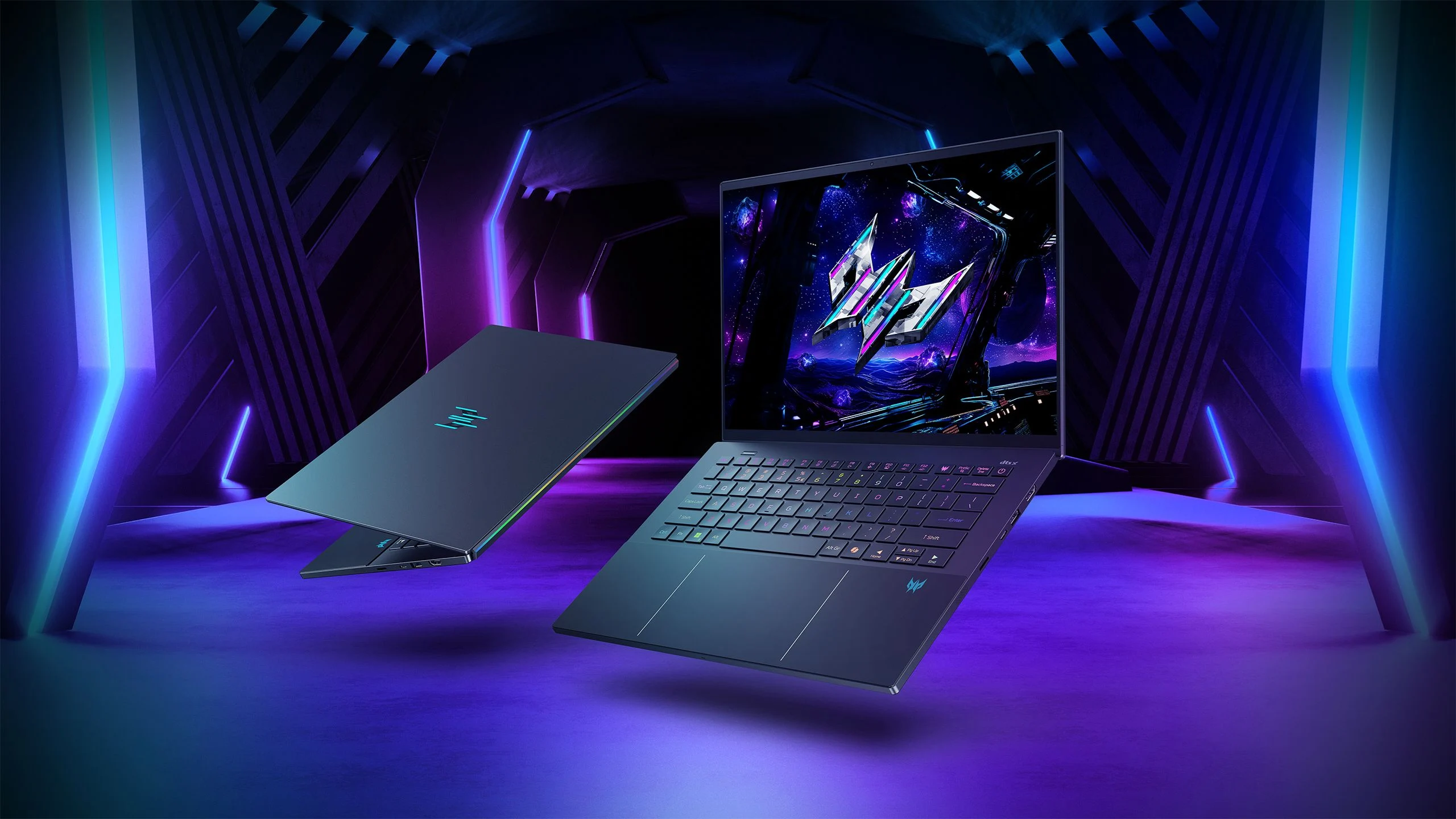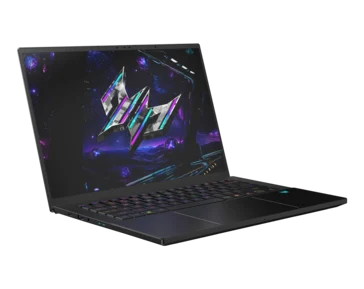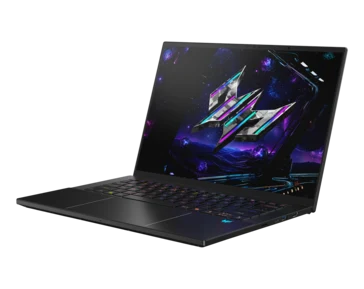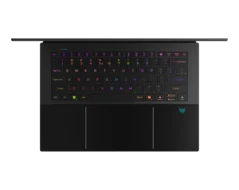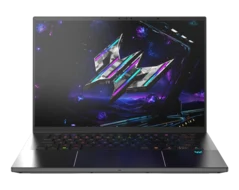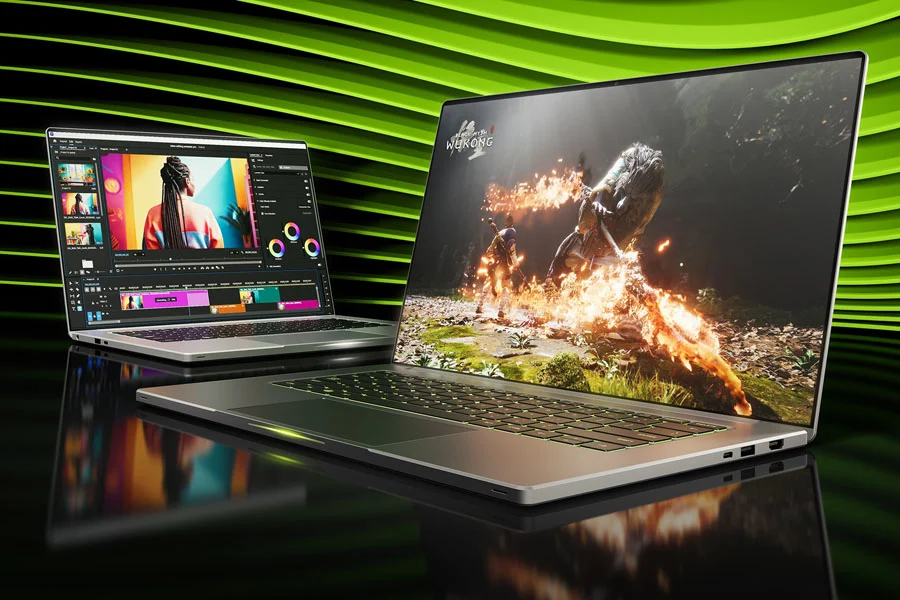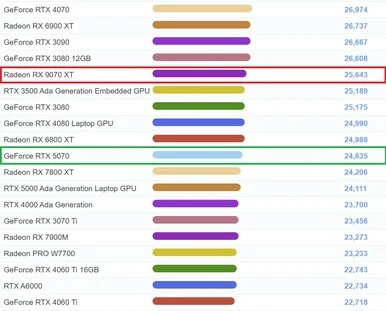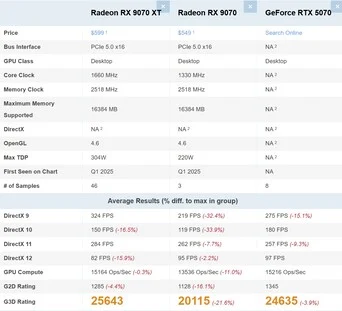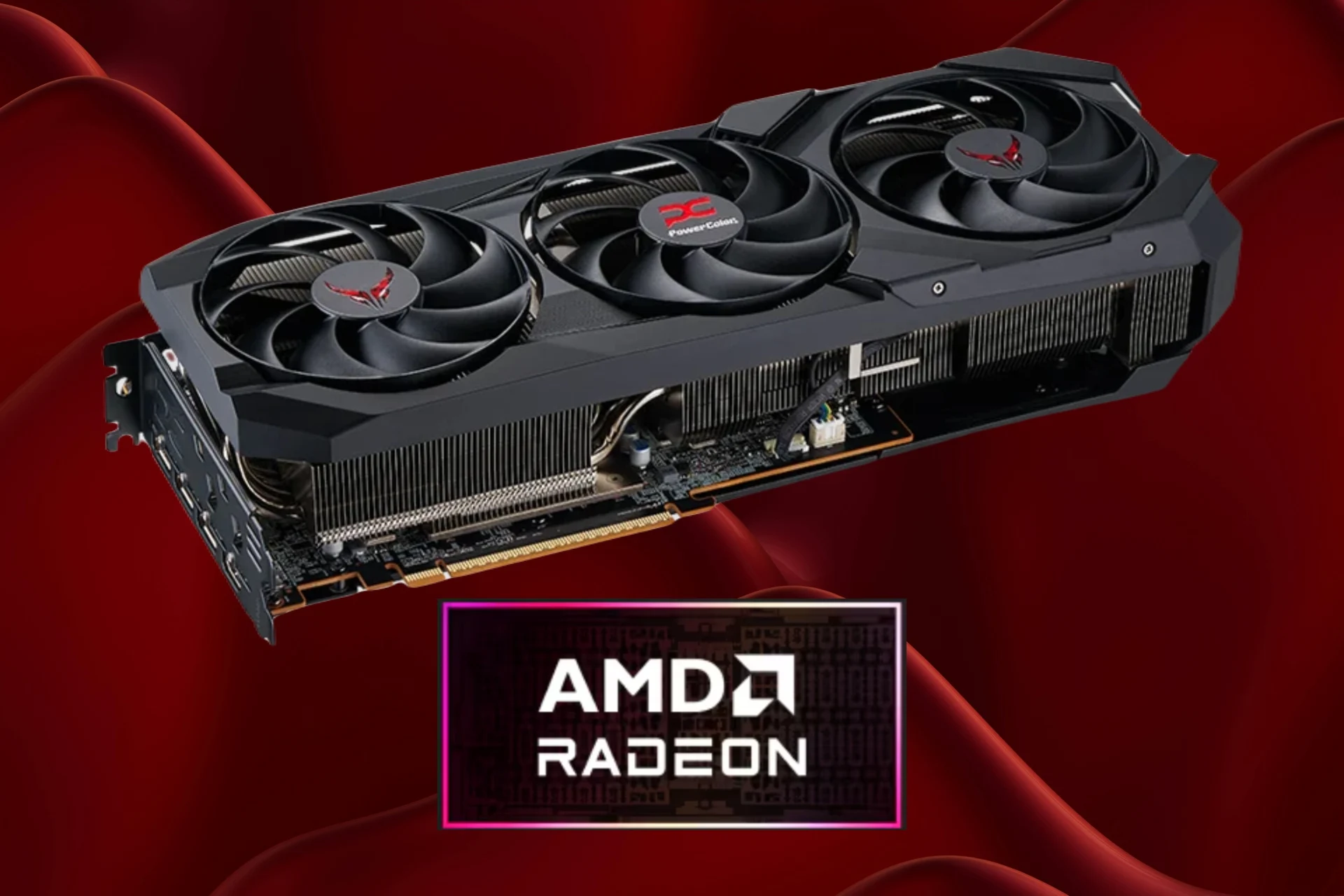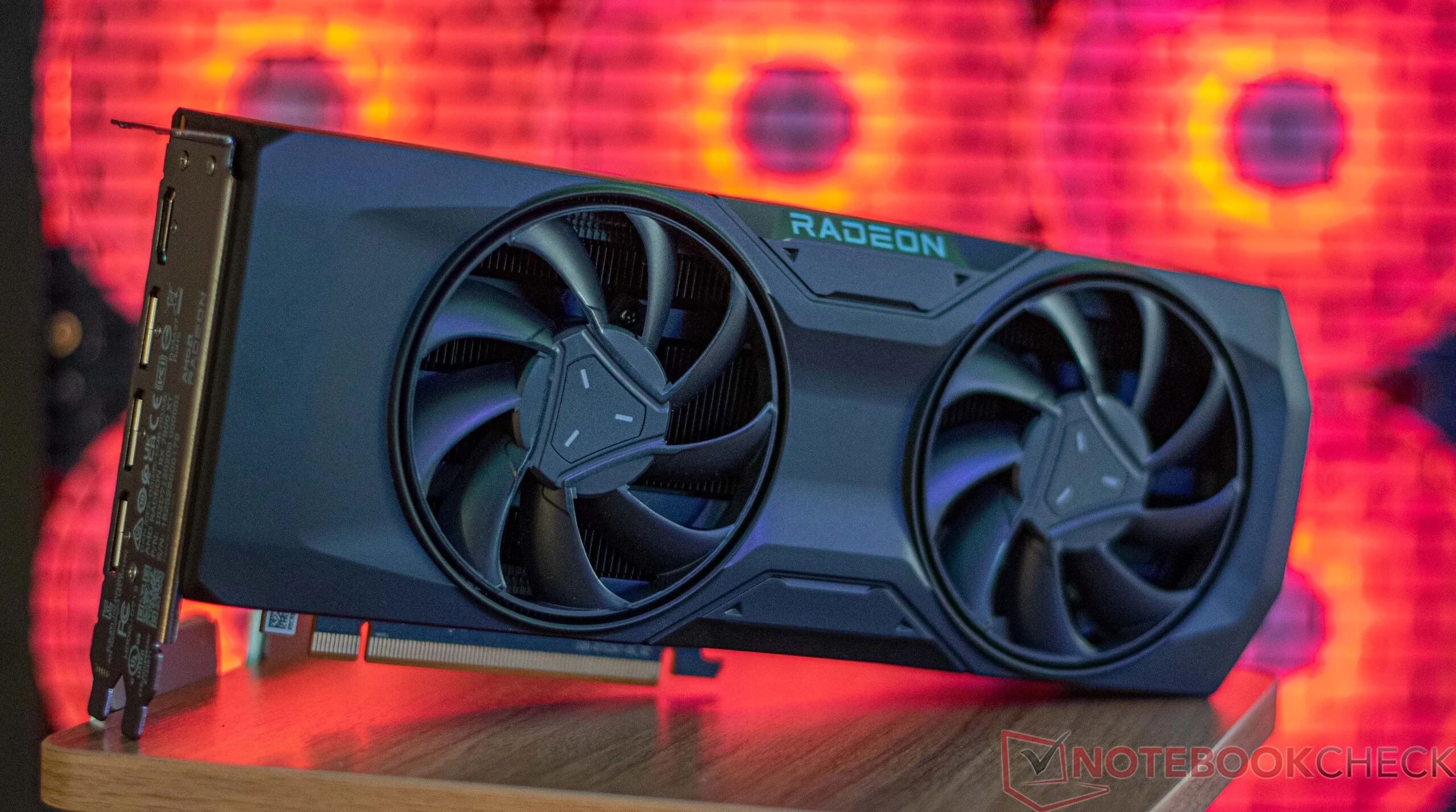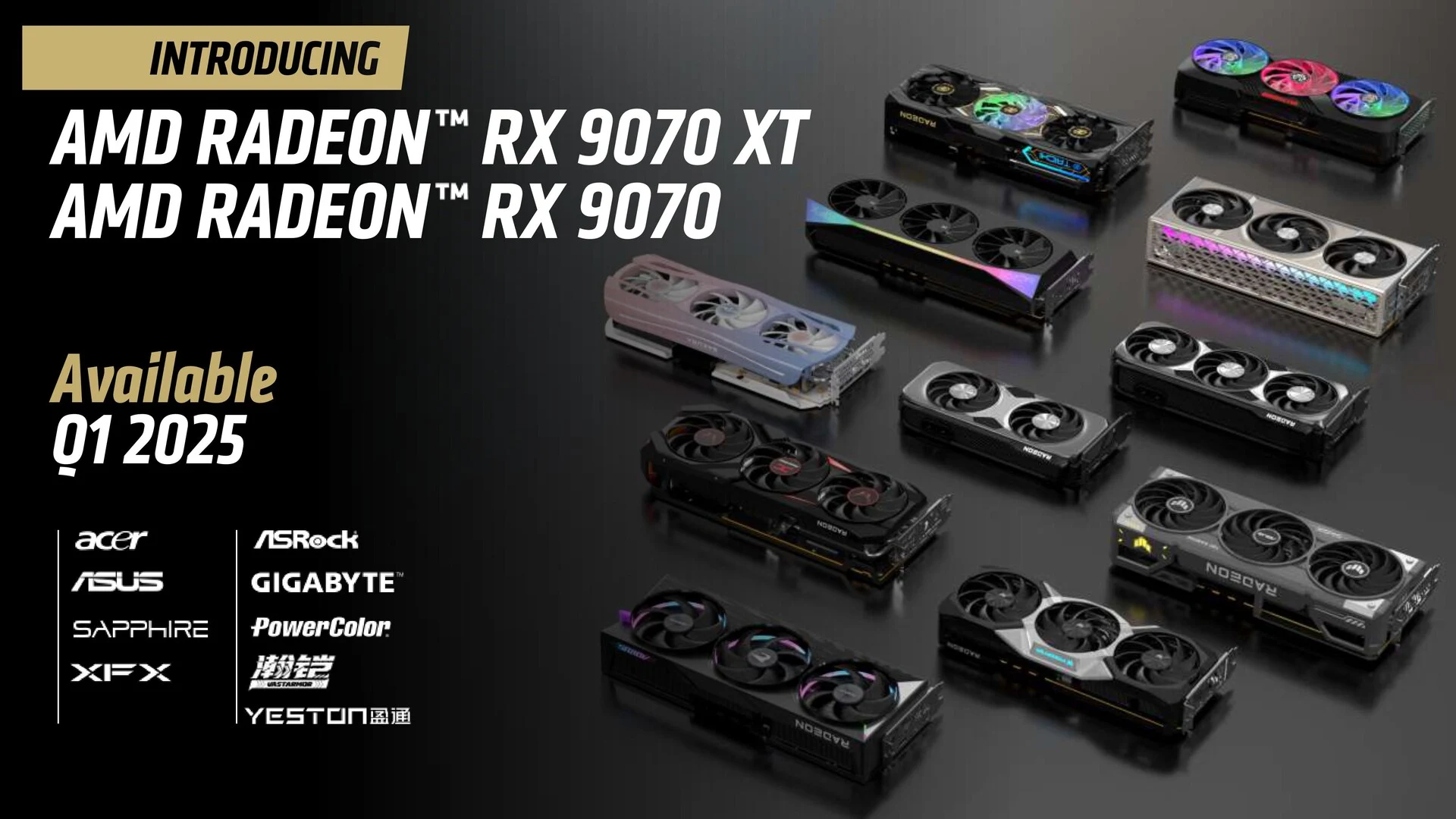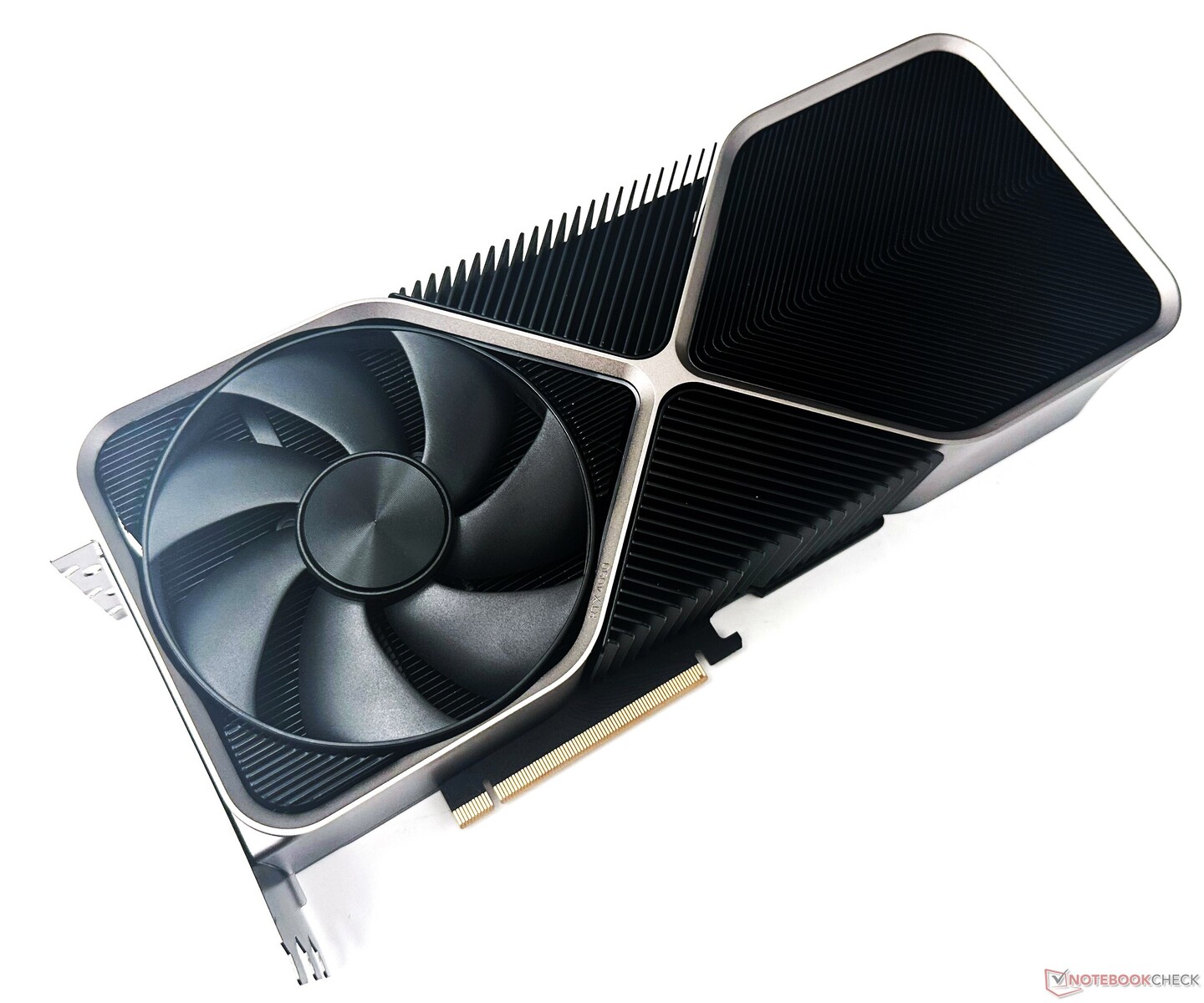Key Takeaways
1. Asus has launched the NUC 15 Pro and NUC 15 Pro+, powered by Intel Arrow Lake-H CPUs, without a dedicated GPU.
2. The Asus NUC 15 Performance can use Intel Core Ultra processors and supports Nvidia GeForce RTX 5070 or RTX 5060 graphics.
3. The device features a triple-fan cooling system in a compact chassis, measuring 189.55 mm x 282.4 mm x 56.5 mm.
4. It offers extensive connectivity options, including Wi-Fi 7, Thunderbolt 4.0, and support for multiple 4K video streams.
5. The starting price is expected to be around $1,200, with memory and storage sold separately.
Asus recently introduced a few mini PCs, specifically the NUC 15 Pro and NUC 15 Pro+. These devices are powered by Intel Arrow Lake-H CPUs and do not come with a dedicated GPU. If users are looking for a dedicated graphics card, they would need to consider the ROG NUC (2025) showcased at CES this year. Now, Asus has revamped the same setup to create a non-gaming version, which is called the Asus NUC 15 Performance.
Performance Specifications
This model can be equipped with either an Intel Core Ultra 9 275HX or Core Ultra 7 255HX Arrow Lake-HX processors, and it can be combined with Nvidia’s GeForce RTX 5070 or RTX 5060. The memory can be expanded up to 32 GB of DDR5-6400, while the storage capacity can reach 2 TB PCIe Gen5. However, the base Asus NUC 15 Performance unit does not include any memory, which must be purchased separately. For those needing more RAM, the NUC supports up to 96 GB, but the required two 48 GB modules have to be bought externally.
Cooling and Design Features
To keep the NUC 15 Performance cool, Asus has integrated a triple-fan cooling mechanism that utilizes two vapor chambers. This is all housed in a compact chassis measuring 189.55 mm x 282.4 mm x 56.5 mm. With a volume of three liters, it is designed to fit in small places. Moreover, the chassis can be easily disassembled with just a single thumbscrew.
Connectivity Options
The Asus NUC 15 Performance offers a variety of connectivity features, including Wi-Fi 7, 2.5 Gbps Ethernet, a Thunderbolt 4.0 port, Bluetooth 5.2, six USB 3.2 Gen2 Type-A ports (2 in the front and 4 in the back), two HDMI ports, two DisplayPort ports, and one USB-C port. Asus claims this configuration can handle five 4K video streams simultaneously.
While Asus hasn’t officially provided a starting price for the NUC, it is anticipated by Liliputing to be around $1,200.
Source:
Link
